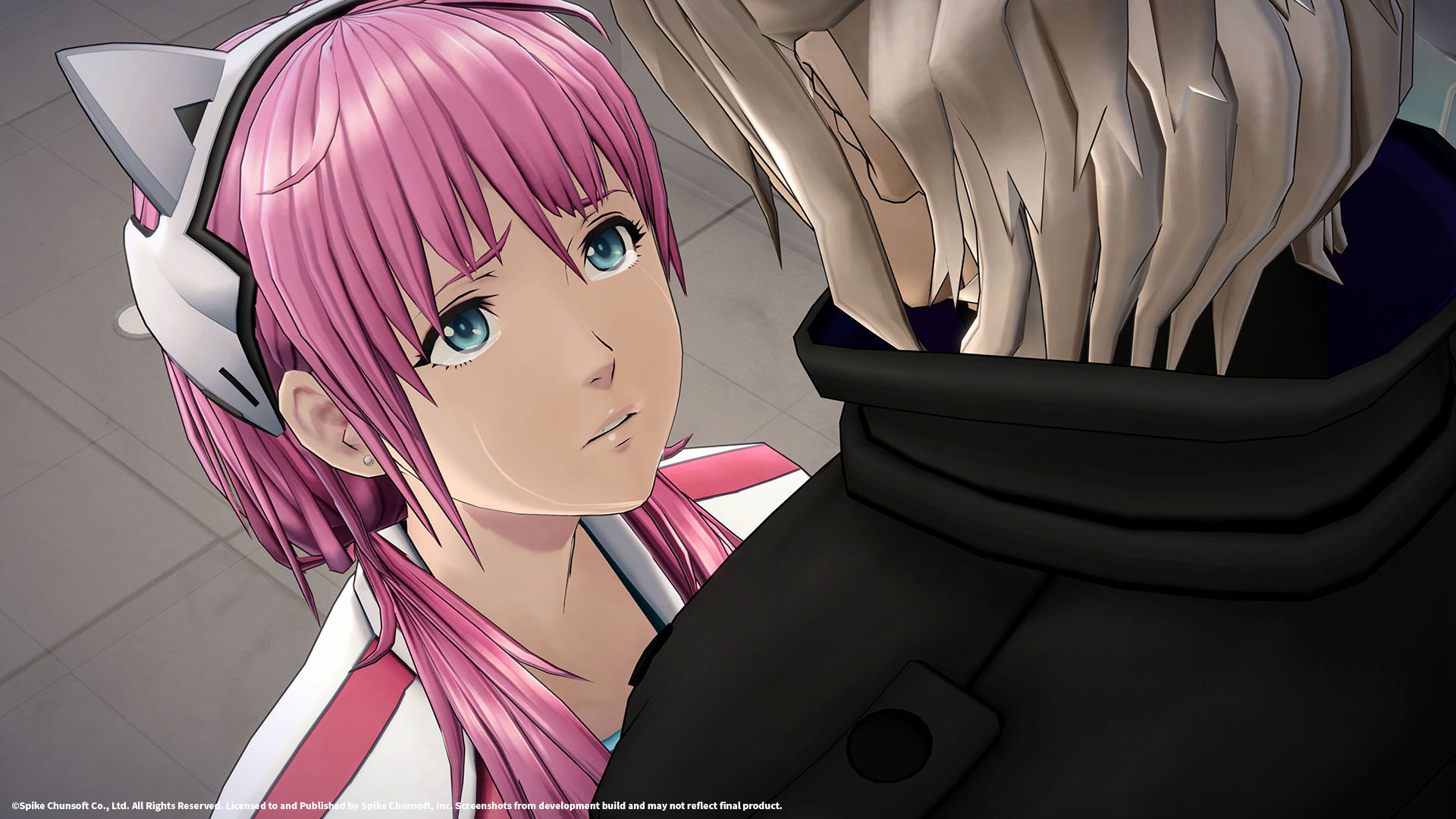Ai: The Somnium Files was our Game of the Year. Kotaru Uchikoshi’s masterpiece left quite the impression on us, and included moments of levity that Zero Escape lacked. In many ways, it’s superior to the former. In typical Uchikoshi fashion though, there were many unanswered questions and mysteries that were not fully answered. Uchikoshi is infamous for leaving it up to the player to interpret his games for themselves, which is admirable, but leaves players hanging. One of the biggest mysteries behind Somnium Files is the ending sequence. There’s a moment that is mind-boggling and hints at something alluded to earlier in the game, but is brushed to the side. It comes full circle and we’ll get to this soon.

What is the nature of dreams? That is one of the central questions that Somnium Files asks, and while it doesn’t give a straightforward answer, it does give an answer, at least in the Somnium Files universe. While using the sync device, at one point in the game, Date believes that by interfering with Iris’ dream (A-Set), he bent reality to his will. While this sounds crazy, the end of the game hints that this very well may be the case. What if every interference Date makes in the Sync machine actually changes reality? This would explain why there are multiple routes in the game and gives them actually meaning. At the very end of the game, when Saito swaps bodies with Date, Date remembers previous routes. He remembers Iris telling him about parallel worlds, changed by actions taken in the dream world which changes the very fabric of reality. Date remembers Mizuki crying over Date’s hospital bed, something he references to Mizuki, but she has no memory of it. Date, through his choices in the dream world, changed reality until he finally unravels the mystery of the Cyclops Killer.

This also raises a number of questions. Was a secret society actually after Iris in a parallel world? Date is living in a world that transcends time. Only he has the ability to both remember parallel worlds but also alter the world by the choices he makes in others’ dreams. That’s why there are multiple routes in the game. In a sense, he’s unstuck in time for a good portion of the game, although unknowingly until the end. This brings up an important question that Uchikoshi poses: what are dreams? What are the nature of them and is there more to them than simply electrical signals in our brains? It’s a deep philosophical question which has been debated for, if not centuries, thousands of years. Somnium Files finds the perfect balance, posing the question but not necessarily giving a clear-cut answer. This is just a theory, but there is evidence to back it up. Date remembering parallel worlds, i.e. alternate routes, lends credence to this. It’s also interesting that this only awakens once he regains his body and, at first, has a case of momentary amnesia. He then remembers Iris, Mizuki, and the others. Only not only in the present, but in other lives as well.

Somnium Files is a lot of fun, but poses some very interesting philosophical questions as well. We never know the nature of what dreams truly are, but Kotaru Uchikoshi presents a very interesting theory, and there may be much more to the nature of dreams that we can’t even begin to fathom.
